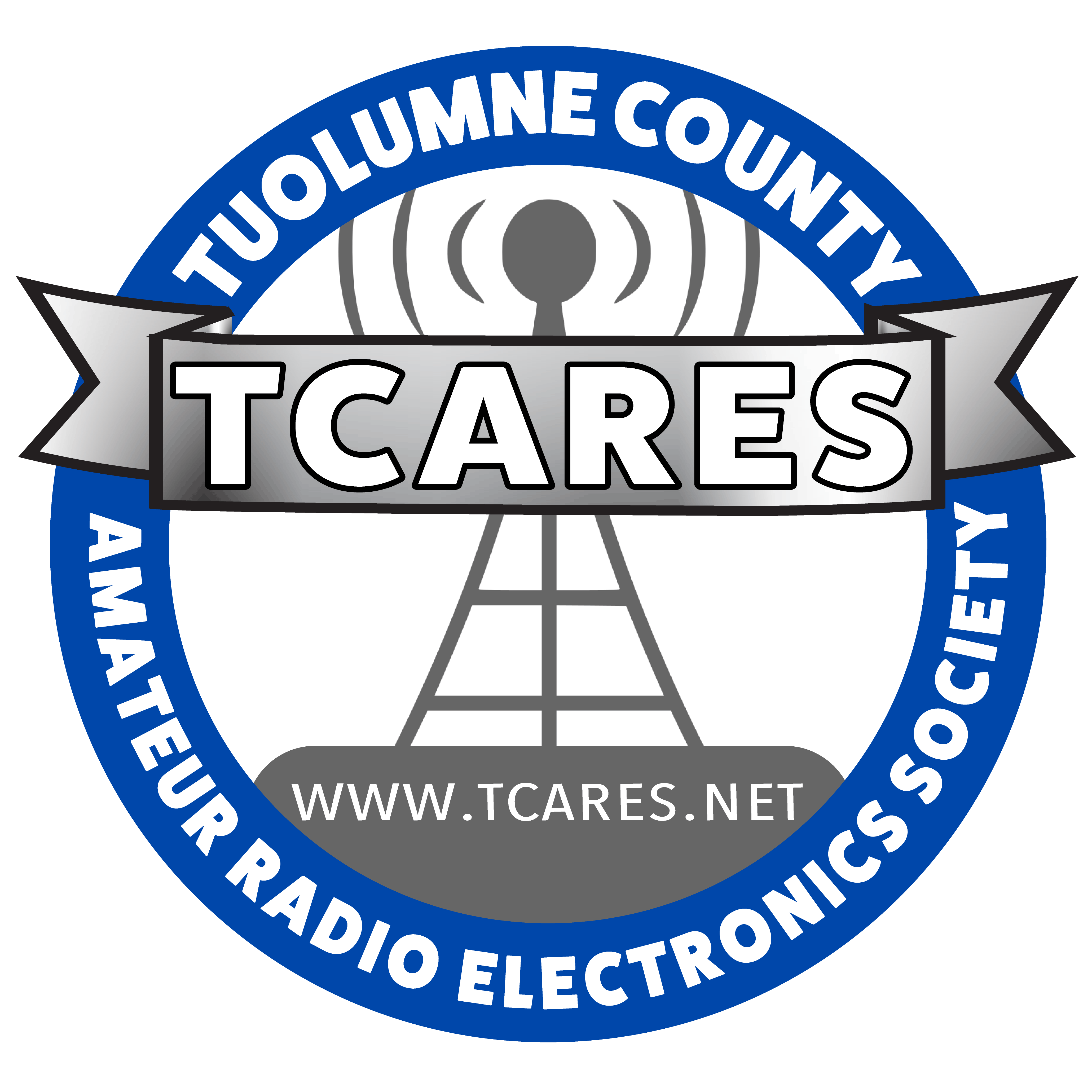The Wilderness Protocol
The Wilderness Protocol is a suggestion that those outside of repeater range should monitor standard simplex channels at specific times in case others have Emergency or priority calls. The primary frequency is 146.52 MHz with 52.525, 223.5, 446.0 and 1294.5 MHz serving as secondary frequencies. This system was conceived to facilitate communications between hams that were hiking or backpacking in uninhabited areas, outside repeater range. However, the Wilderness Protocol should not be viewed as something just for hikers. It can (and should) be used by everyone anywhere repeater coverage is unavailable. The protocol only becomes effective when many people use it.
The Wilderness Protocol recommends that those stations able to do so should monitor the primary (and secondary, if possible) frequency every three hours starting at:
- 7 AM, local time, for 5 minutes…
- 10 AM
- 1 PM
- 4 PM
- 7 PM
- 10 PM
Additionally, those stations that have sufficient power resources should monitor for 5 minutes starting at the top of every hour, or even continuously.
NOTE*** Placing 146.52 MHz , 52.525, 223.5, 446.0 and 1294.5 MHz in your Scanner would help.
Priority transmissions should begin with the LiTZ signal. ( LONG TONE ZERO )
CQ-like calls (to see who is out there) should not take place until four minutes after the hour.
Local Scanner Frequencies
Tuolumne Yosemite Stanislaus Repeaters
UHF/VHF Simplex Wilderness Protocol
The Wilderness Protocol is simply a recommendation that those outside of repeater range monitor standard simplex channels at specific times in case others have priority or emergency calls.
“FM & Repeaters”, June 1996 QST, p. 85.
Simplex frequencies: 146.52 <-- primary 446.0 223.5 52.525 1294.5 Monitor at least 07:00 - 07:05 10:00 - 10:05 13:00 - 13:05 16:00 - 16:05 etc.; if possible, monitor every hour. Priority/Emergency transmission: begin with 10 seconds of DTMF "0" (this is called LiTZ, "Long Tone Zero", and is a good idea for repeaters as well). Routine transmission: wait until four minutes after the hour.
The Wilderness Protocol --
The Wilderness Protocol is a dedicated effort to insure emergency communications help either in areas beyond normal repeater coverage, or in the event local repeaters are off-the-air and not reachable
in an emergency situation.
The purpose of this initiative is to offer stations outside or without repeater range capability an opportunity to be heard when needed the most!
The Wilderness Protocol suggests that radio operators in the Amateur service monitor standard simplex channels at specific times in case of Emergency or priority calls.
The primary frequency to monitor is 146.52 MHz; secondarily or alternatively 52.525, 223.5, 446.0 and 1294.5 MHz respectively. The idea is to allow communications between hams that are hiking or backpacking in uninhabited areas, or outside repeater range an alternative opportunity to be heard.
NOTE- Though it’s mainly used in the wilderness settings, it’s NOT just for hikers, back packers, or similar situations….it is also available for ANYONE to use at ANYTIME assistance is needed.
Recommended procedures for “Wilderness Protocol”
MONITOR THE STANDARD CALLING FREQS: *146.520* and/or any of the SECONDARY FREQUENCIES.(52.525, 223.500, 446.00, 1294.500)
MONITOR TIMING: Every 3 hours starting from 0700 HRS ..on the hour until 5 (five) minutes past the hour.(7:00-7:05 AM, 10:00-10:05 AM, …, 10:00-10:05 PM).
ALTERNATE TIMING: 0655 to 0705, Etc 5 before till 5 after.. (to allow for differences in peoples watch settings). You can always listen for longer if you want.
ENHANCED MONITORING: Fixed stations or portable stations with enough battery power levels LISTEN EVERY HOUR. (Obviously Continuous Monitoring is also an option.)
LISTENING / MONITORING: Listen to the calling frequencies until 4 minutes past the hour, then make a few calls asking if there are stations listening that may need assistance. This calling traffic should only start at 4 minutes after the hour preceded by listening for 30 seconds… Unless of course you’re the one making an emergency call. LISTEN FIRST- CALL CQ with short transmissions. LISTEN FIRST! – always a good idea!
NOTE- 146.52 IS A CALLING FREQUENCY…. Make your Calls, and then move off the frequency so others can use the frequency. Suggested frequencies to move to; 146.55, 146.43, etc. etc.
PRIORITY TONE SIGNALS: Suggested for Priority Radio Transmissions ONLY.
USE the LONG TONE ZERO (abbreviated LiTZ). Begin calls for assistance with about 10 seconds of TONE with the LiTZ signal. Do this by keying up and holding down the zero key to continuously transmit the zero DTMF tone ( hence: LONG TONE ZERO ). Then proceed to make your emergency call. This should help those listening to recognize that an emergency or priority call is coming through.
Lastly, remind people of the protocol at your club meetings and on radio nets. It a good thing to know.
Wilderness Protocol

| Select your calling frequency from the list below: |
| Calling Frequencies (FM Simplex): |
| 52.525 MHz |
| 146.520 MHz |
| 223.500 MHz |
| 446.000 MHz |
| 1294.500 MHz |
| Then call or listen during each of the following periods: |
| Calling Times (Local): |
| 7:00AM to 7:05AM |
| 10:00AM to 10:05AM |
| 1:00PM to 1:05PM |
| 4:00 to 4:05PM |
| 7:00PM to 7:05PM |
In the February, 1994 edition of QST magazine, William Alsup, N6XMW from Oakland, CA, wrote an article proposing a Wilderness Protocol “for effective simplex use of handheld VHF and FM transceivers in the backcountry.” In the August, 1995 QST, William reported enthusiastic support of the proposal and reminded us to spread the use of the protocol.
OST Features editor Brian Battles, WS1O, added a note, “Remember, though, this protocol won’t work if it’s only used by hams who need to call for help – someone else has to be listening.” William’s original proposal was only for 2-meter use, but Brian’s note urged us to, “Check the national calling frequencies on all bands for which you’re equipped, and give your call sign once or twice so that others will know you’re there.”

“The Wilderness protocol (see page 101, August 1995 QST) calls for hams in the wilderness to announce their presence on, and to monitor, the national calling frequencies for five minutes beginning at the top of the hour, every three hours from 7 AM to 7 PM while in the back country. A ham in a remote location may be able to relay emergency information through another wilderness ham who has better access to a repeater. National calling frequencies: 52.525, 146.52, 223.50, 446.00, 1294.50 MHz.”
